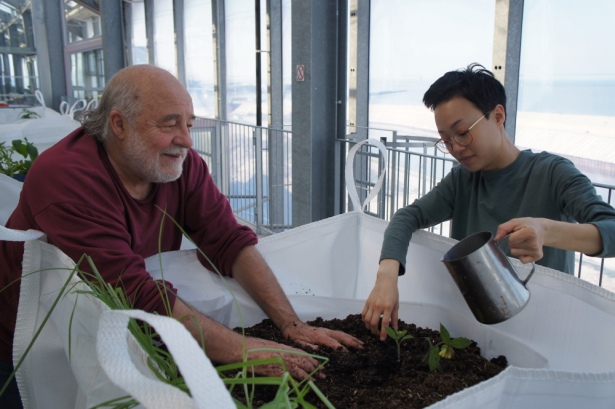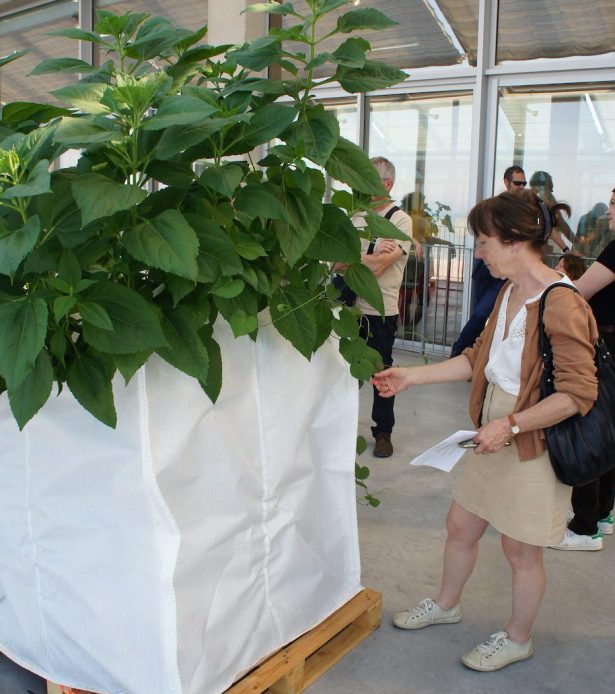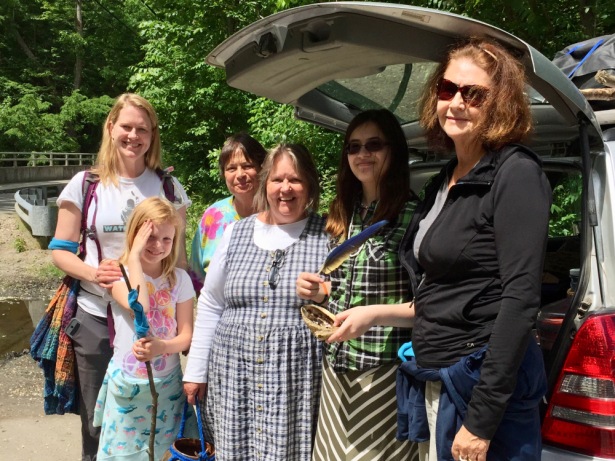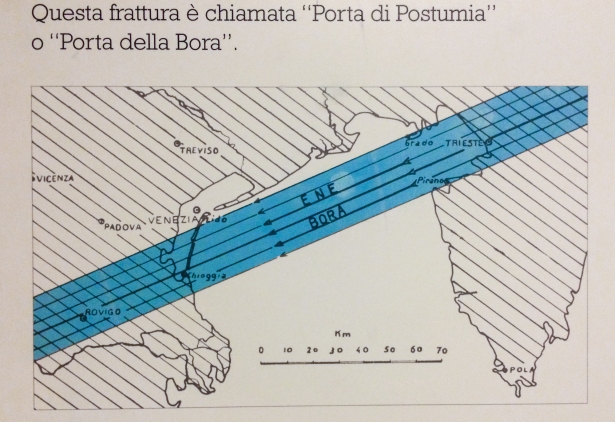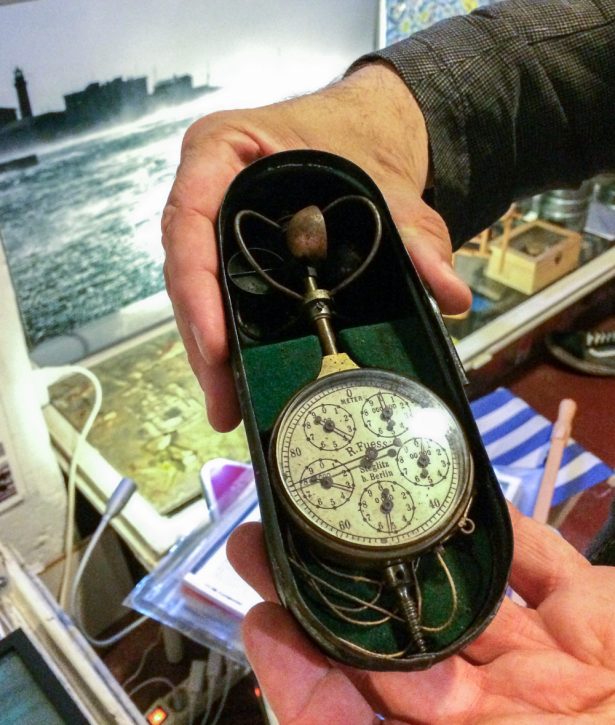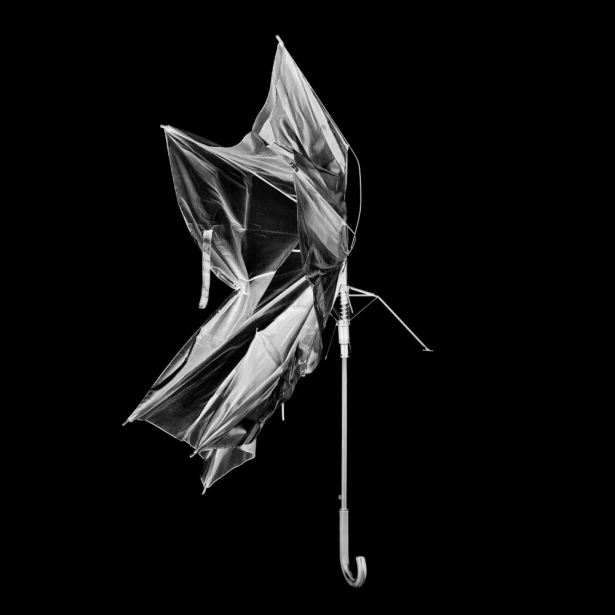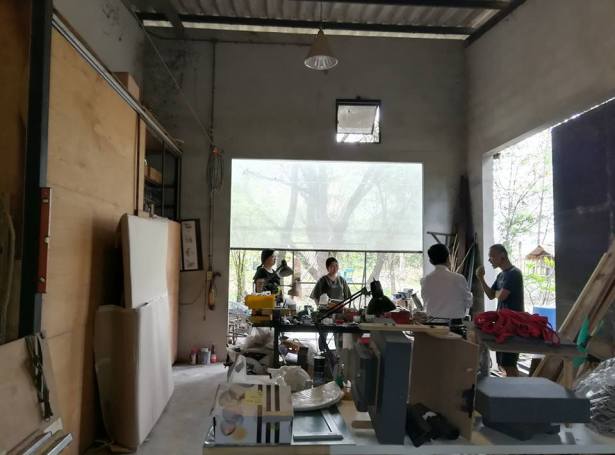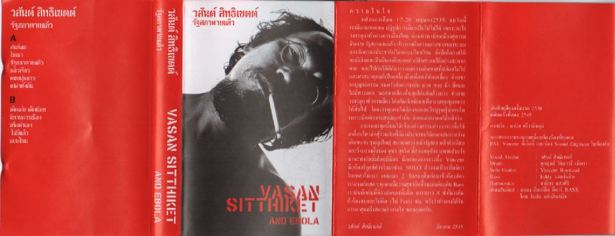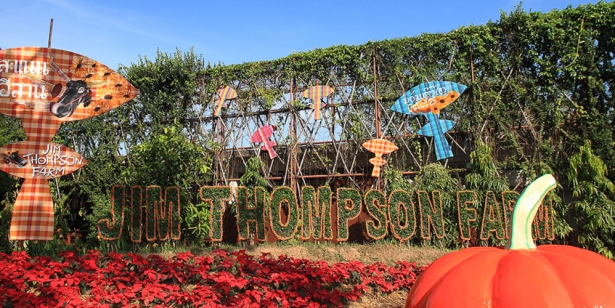This post comes from the Artists and Climate Change Blog
Through Persistent Acts, I look at the intersection of performance, climate, and politics. How does hope come to fruition, even in the most dire circumstances? What are tangible alternatives to the oppressive status quo? My Persistent Acts series considers questions of this nature to motivate conversations and actions on climate issues that reverberate through politics and theatre. This month, I consider the similarities between movements on gun reform and climate justice.
___________________________
In recent 24-hour news cycles, gun violence in the United States has gotten a lot of airtime. Since the Stoneman Douglas High School shooting in February, I’ve been curious to unpack the intersection of gun politics and climate politics in the context of performance in the U.S. The rapid increase in mass shootings this year (and prior) has shocked me, and I am not alone. I found shared space at a recent Resistance Soup on the topic of gun violence organized in support of Moms Demand Action for Gun Sense in America.
Resistance Soup is an activist party and sporadic performance-based event around a particular justice issue, organized by Jake Beckhard and Serena Berman at New York space Chinatown Soup. I attended last year’s Resistance Soup on immigration reform, featuring music, conversations with Michael Velarde of the Immigrant Defense Project, and actions (like postcard-writing to our local representatives). I’ve written specifically about the intersection of immigration, climate, and performance here. This year’s Resistance Soup was an opportunity to piece together the phenomena of gun violence and climate chaos in a performance setting.
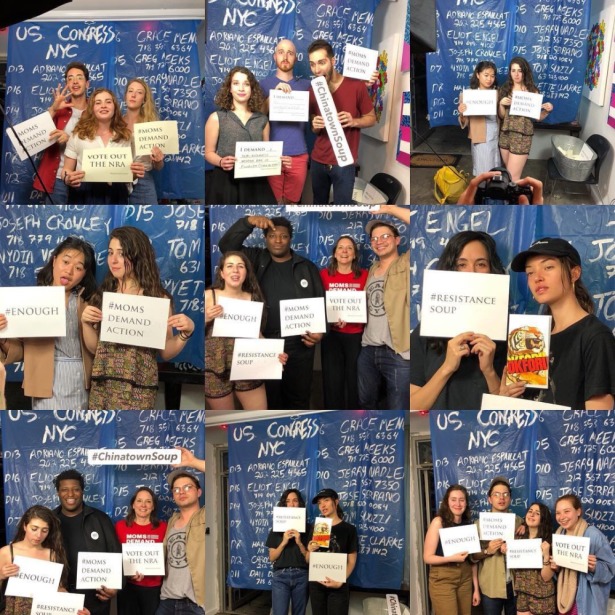
From the recent Resistance Soup for Moms Demand at Chinatown Soup.
Helmed by MC Larry Owens, the performances at Resistance Soup kicked off with lots of laughs. Despite the grave topic of gun violence, there was plenty of humor to go around, including a sketch about a theatre company attempting to make a play about NRA spokeswoman Dana Loesch. This little bit of satire went a long way towards building a more familiar space amongst strangers and motivating people to participate. I see a similar effectiveness in performances about climate – laughter is a common entry point for challenging topics. In addition to the comedy, the performances at Resistance Soup, which included praise-worthy music by Daisy the Great and Larry Owens himself, had tremendous soul. The beauty and self-expressive quality was deeply felt by the audience. As Larry ushered us through the evening, there was an overarching reminder to take care of one’s needs in these challenging times. Through this communal experience, with laughter and music, the audience got more comfortable with one another. The reminders about beauty, self-expression, and care resonated with me and how I think about work on climate – it starts with deep self-awareness and actualization.

Larry Owens and Diane Rinaldo at Resistance Soup.
It was interesting to hear from Moms Demand Action representative Diane Rinaldo about the organization’s use of language. Diane explained that Moms Demand uses the term “gun sense†as opposed to “gun control†or “gun reform.†Given polarized attitudes on the issue of guns, I appreciate this attempt to neutralize the language in order to reach a wider audience. In conversations with artists about climate, there are many buzzwords tossed around – Anthropocene, climate change, climate chaos, climate justice, and so on. Colleagues and I often make choices about titles or use of these terms depending on our audience. Most of the time, we’re past the point of trying to convince people that the climate is changing because of human activity; climate issues are so immense and urgent. I’m taking a page from the Moms Demand book with regards to the word “sense†as a strategy to lessen the politicization of issues where humans are on the line.
One other component of this year’s Resistance Soup was a voter guide table, where audiences could submit their addresses to glean information on the candidates in their districts. Given the elections coming up this year, it is important to make it as easy as possible for our peers to vote. This election cycle is a chance to shift the power balance on gun issues, and to elect candidates with a climate justice focus. For me, empowering voters with the information they need to make sensible choices is one of the first steps in electing candidates for justice, on all levels of government.

The bulk of the energy going towards holding politicians accountable is coming from youth, as they speak out via the media and organize public demonstrations, including March for Our Lives and Youth Over Guns. The number of people that turn up in support of gun sense and youth leadership is inspiring. The Youth Over Guns rally crystalized the intricacies of gun violence, as young people of color took the stage to denounce governmental silence on gun crimes. These young people called for a power shift, highlighting issues of safety and protection – who is in charge of defining “safety,†and for whom? And what is being protected? As a symbol of the immediacy of gun violence issues, there was a white coffin at the foot of the rally stage. This emblem of death and grief stirred up questions about how we got to this point, via our current political and economic systems. What is and can be sustained by systems? What do the systems uphold? To me, the answer to both questions lies in a status quo of oppression and divisiveness.
I most certainly don’t have the silver-bullet solutions to gun and climate issues. But bringing these movements in conversation with one another has helped me highlight what’s working – the strength of youth leadership, the space for grief, and the necessity of tangible action steps. The status quo subsists by perpetuating apathy, detaching individuals from their collective agency. The power of the people, however, is persisting to magnify voices from the margins, towards a safer, more positive reality for all.
Next Steps
Learn more and take action with Moms Demand Action for Gun Sense in America
Follow Everytown for Gun Safety
Check your voter registration and upcoming election dates
(Top Image: Youth Over Guns in NYC. Photo: CNN.)
___________________________
Julia Levine is a creative collaborator and vegetarian. Originally from St. Louis, Julia is now planted in the New York City downtown theatre realm. As a director, Julia has worked on various projects with companies that consider political and cultural topics, including Theater In Asylum, Honest Accomplice Theatre, and Superhero Clubhouse. She is on the Marketing team at HERE Arts Center and is Artistic Producer of The Arctic Cycle. Julia writes and devises with her performance-based initiative to bring questions of food, climate, and justice into everyday life.
Artists and Climate Change is a blog that tracks artistic responses from all disciplines to the problem of climate change. It is both a study about what is being done, and a resource for anyone interested in the subject. Art has the power to reframe the conversation about our environmental crisis so it is inclusive, constructive, and conducive to action. Art can, and should, shape our values and behavior so we are better equipped to face the formidable challenge in front of us.










